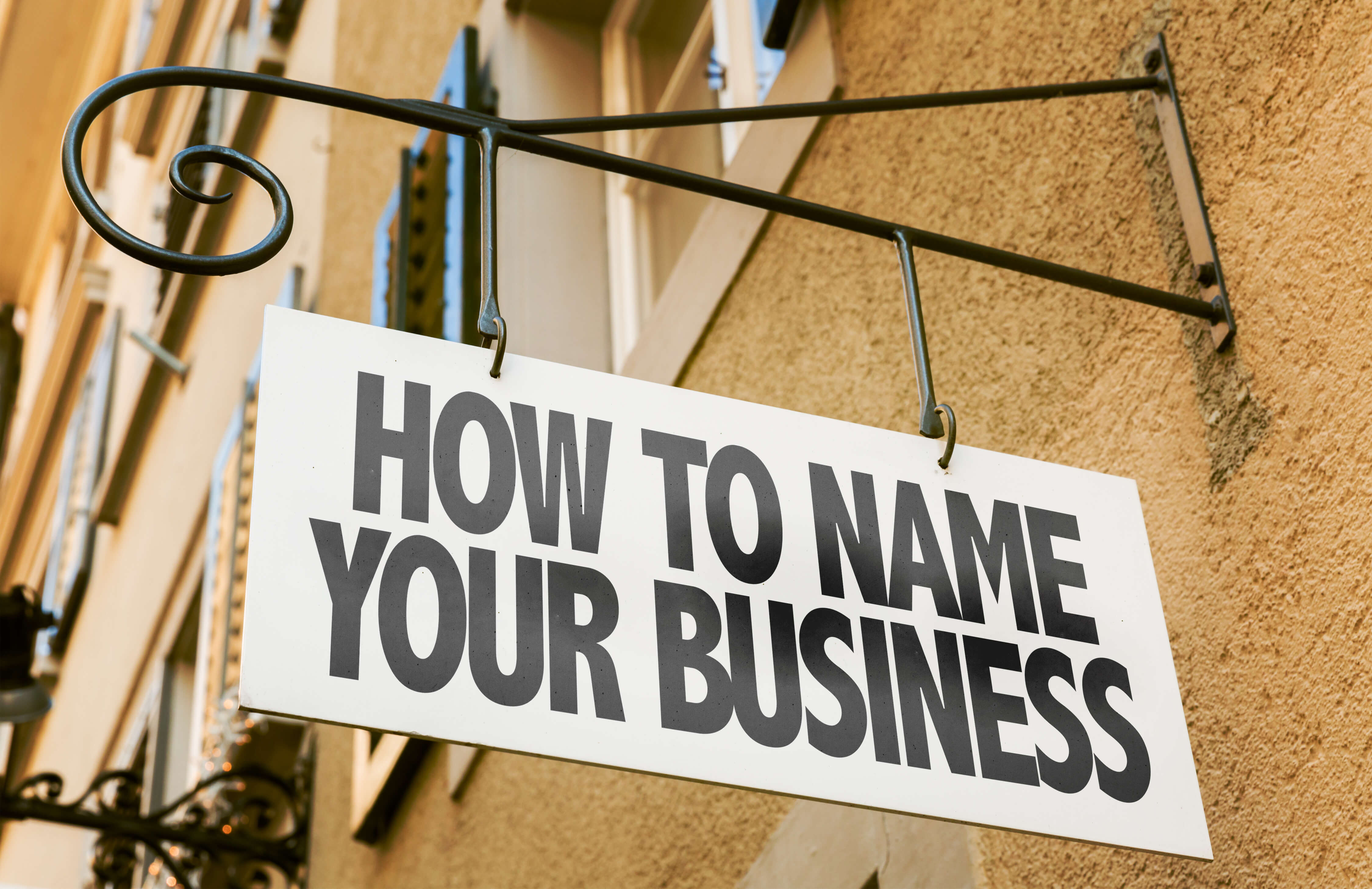What is in a Name? Naming your company and products to drive brand growth.
June 19, 2019

The name for your company, big or small, could make or break you. And how you name your products and services could help or hinder your ability to grow. Picking a name for a business / product / service can be the most challenging yet exciting thing you do. But how do you know if your name is right?
First, let’s talk about brand. When deciding on a name for your company, think about your company’s brand. Does that name fit your company’s goals? Attitudes? Values? Business Plan? Mission? Vision?
As Certified Brand Strategists, we believe a company’s brand should be defined by what makes that company unique. A company’s uniqueness could be its employees, services, products, etc. It is about who you are, not just about what you do. Products change and so does your company’s focus, so make sure that your name can grow with the organization.
Create a list and begin to rate them against each other. Here are some quick questions to ask:
- Does it relate to your uniqueness or products?
- Does it sound and look good?
- Does it separate your company from your competitors?
- Does is celebrate your mission?
- Can you explain it easily and is it memorable?
- Does it inspire and create connections?
- Does it establish value?
Your name should differentiate your company in the marketplace, celebrate your uniqueness and begin to build your brand. The right name can help you connect with customers, and set you up for success. Therefore, choosing the right name to build your brand around is extremely vital and a huge step in creating a successful business.
Your name is the first step in building your brand, it is your personality and you have to embrace it fully so that your can fearlessly live your brand every day.
Brand Architecture
Naming doesn’t stop there. How do you begin to name your products and services?
First, your business and brand strategy have to align. You could name your products like Apple: iPhone, iPad, iMac or like P&G: Tide, Swiffer, Crest. And there are many other types of architecture. Each has its merits but both align themselves to the business and brand strategy of the parent company.
Apple’s products all support the overarching Apple brand. All the products live the central brand experience of Apple. iPhone can not stand by itself but needs the Apple brand to be relevant.
P&G and it’s family of brands is set up differently. Each brand stands on its own. Each brand supports the portfolio of P&G but it’s allows each brand to establish specific and targeted audiences separate from the overarching brand. P&G can buy, create or sell brands in it’s portfolio to make it’s business stronger.
These are questions you have to ask. Should each product have it’s own brand? Should they be generic names? How close should they relate to the company name? The solution? A strong brand strategy founded on the uniqueness of each product and a well-defined brand architecture that provided clarity, leveraged brand equity and made a meaningful connection with customers and stakeholders.
How do you get there? Start by asking these questions:
- What differentiates each of your products – what are its unique value propositions and the evidence to support your claims?
- Are the different brands and sub-brands in your portfolio sufficiently differentiated from one another?
- Do your customers understand the differentiation?
- How does each of your products relate to and support each other?
- How does each product relate to the corporate brand?
- How does each product support the company’s goals?
- How well do the existing brands support the corporate positioning and company name?
- Is your brand portfolio greater than the sum of its parts?
Since brands and their strategies can’t be developed in a vacuum, use consumer research and insights, competitive analyses, market insights and your understanding of your company’s business goals when you think about your responses. Remember, it all starts with discovering your differentiation. That’s the foundation for all of your brand strategies and architecture – and the messaging and creative tactics that follow.
Authors:
Darcy Zehe is a Certified Brand Strategist and Chief Operating Officer and Matthew Blazer is a Certified Brand Strategist and Chief Creative Officer at BrandPivot. He leads a team to develop brand strategy, direction and creative execution, and she oversees the client’s projects and directs the agency operations.

